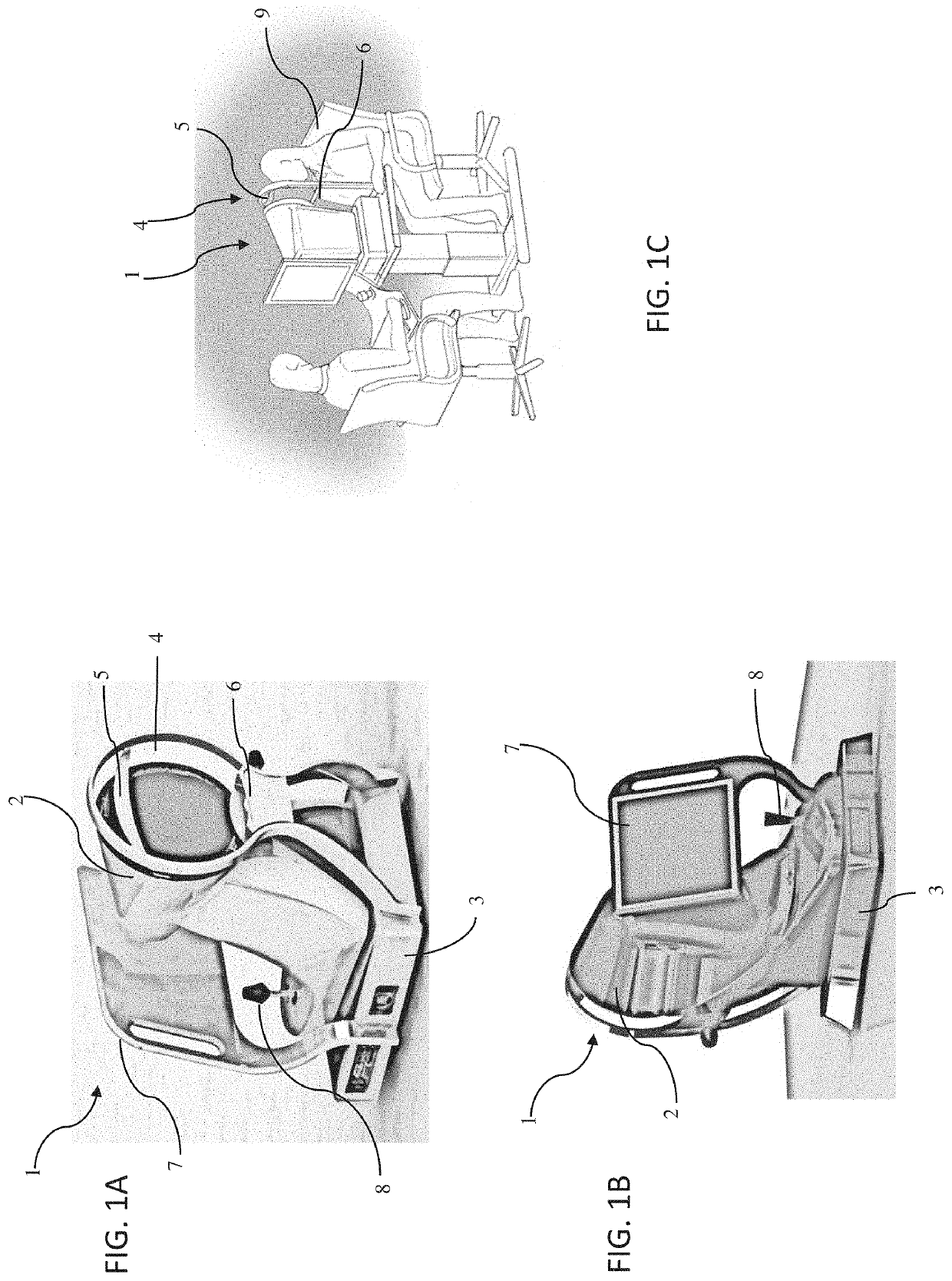Optical imaging and measurement systems and methods for cataract surgery and treatment planning
a technology of optical imaging and measurement systems, applied in the direction of instruments, polarising elements, applications, etc., can solve the problems of near-sightedness (myopia), power of the lens may increase, and the vision is perceptibly degraded, so as to accurately predict the measured distance
- Summary
- Abstract
- Description
- Claims
- Application Information
AI Technical Summary
Benefits of technology
Problems solved by technology
Method used
Image
Examples
Embodiment Construction
[0050]Exemplary embodiments of optical measurement systems and methods for cataract diagnostics to illustrate various aspects and advantages of these devices and methods are described below. It should be understood, however, that these devices and methods involve principles that can be employed in a variety of other contexts, and therefore, the novel devices and method disclosed and claimed here should not be construed as being limited to the examplary embodiments described below.
[0051]As shown in FIGS. 1A-1C, an optical measurement system 1, according to many embodiments, is operable to provide for a plurality of measurements of the human eye, including measurements of the cornea, the lens capsule, the lens and the retina. The main unit 2 comprises a base 3 and includes many primary subsystems of many embodiments of the system 1. For example, externally visible subsystems include a touch-screen display control panel 7, a patient interface assembly 4 and a joystick 8.
[0052]The patie...
PUM
 Login to View More
Login to View More Abstract
Description
Claims
Application Information
 Login to View More
Login to View More - R&D
- Intellectual Property
- Life Sciences
- Materials
- Tech Scout
- Unparalleled Data Quality
- Higher Quality Content
- 60% Fewer Hallucinations
Browse by: Latest US Patents, China's latest patents, Technical Efficacy Thesaurus, Application Domain, Technology Topic, Popular Technical Reports.
© 2025 PatSnap. All rights reserved.Legal|Privacy policy|Modern Slavery Act Transparency Statement|Sitemap|About US| Contact US: help@patsnap.com



